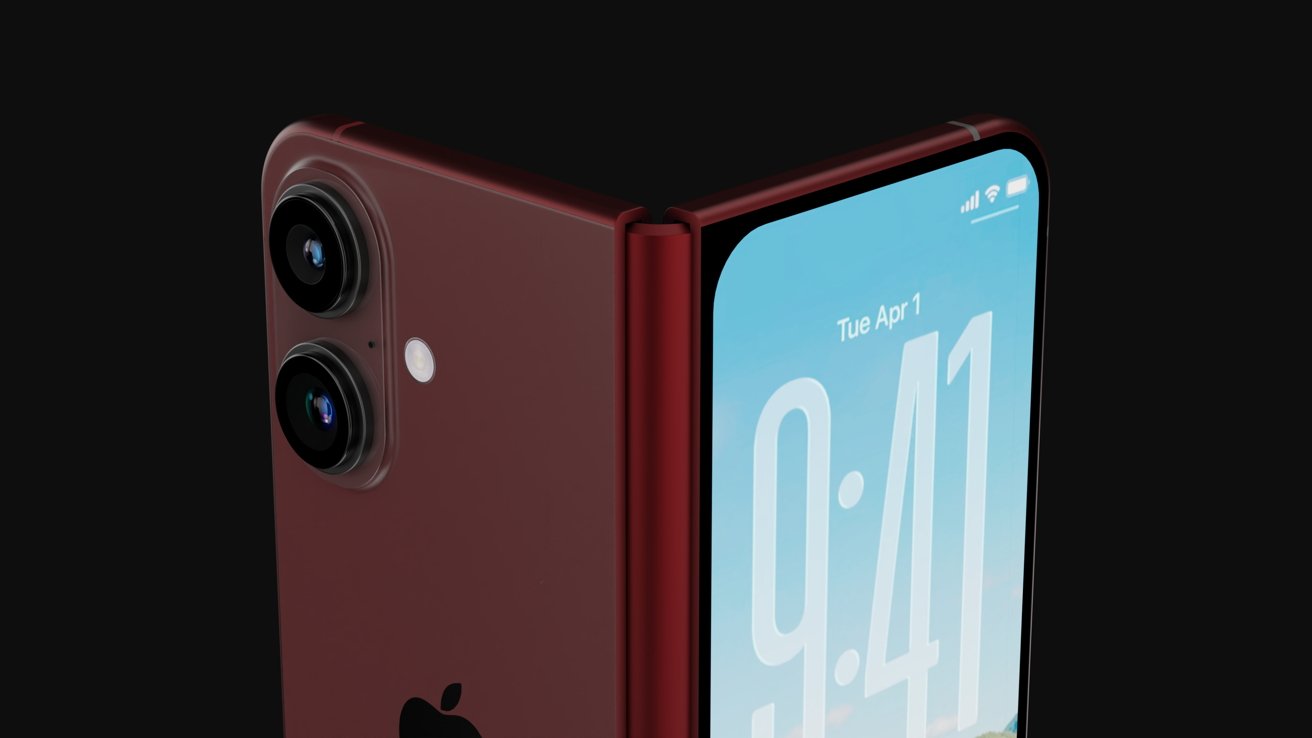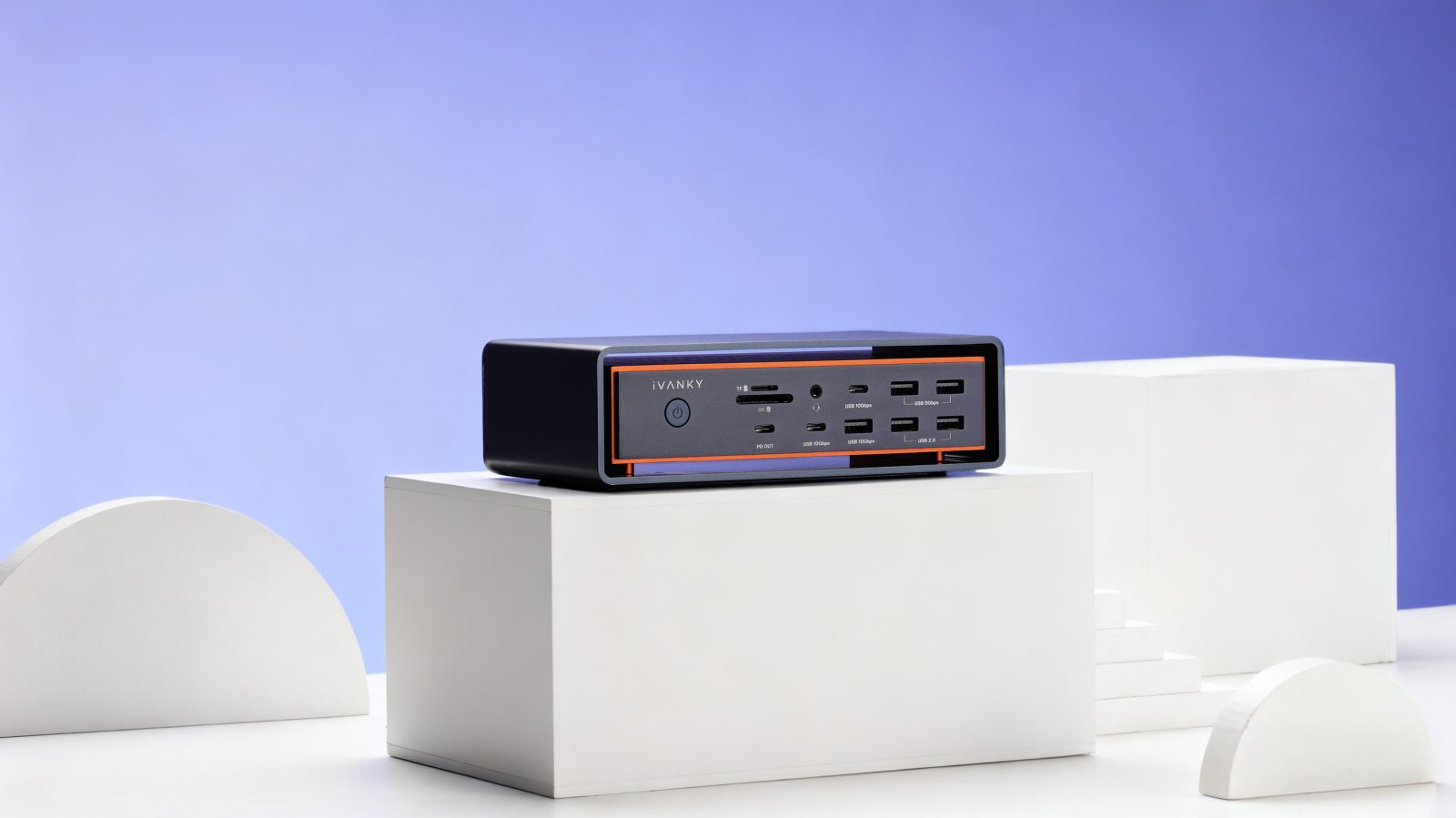Apple is reportedly developing its first foldable iPhone, anticipated to debut in 2026 as part of the iPhone 18 lineup. Recent insights from analyst Jeff Pu suggest that this innovative device will feature a hybrid frame composed of both titanium and aluminum, aiming to balance strength, weight, and durability.
Material Composition and Design Considerations
The choice to integrate titanium and aluminum into the iPhone Fold’s frame reflects Apple’s commitment to engineering excellence. Titanium is renowned for its exceptional strength and corrosion resistance, making it an ideal material for components subjected to mechanical stress. Aluminum, on the other hand, is lighter and offers better thermal conductivity, which can aid in heat dissipation. By combining these metals, Apple aims to create a device that is both robust and lightweight, addressing potential concerns about the durability of foldable smartphones.
This approach aligns with previous reports from analyst Ming-Chi Kuo, who indicated that Apple might use a combination of materials for the foldable iPhone’s chassis. Kuo suggested that the hinge mechanism could incorporate stainless steel and titanium, while the frame would primarily utilize titanium. The inclusion of aluminum in Pu’s report introduces a new dimension to these speculations, hinting at a more complex material strategy.
Structural Integrity and User Experience
The iPhone Fold is rumored to be as thin as 4.5mm when unfolded, necessitating a frame that can withstand the rigors of daily use without compromising on design aesthetics. The integration of titanium is particularly noteworthy, as it offers superior strength-to-weight ratio compared to other metals. This ensures that the device remains sturdy while maintaining a sleek profile.
Aluminum’s inclusion is likely aimed at reducing the overall weight of the device, making it more comfortable for users to handle. Additionally, aluminum’s excellent thermal conductivity can help in managing the heat generated by the device’s internal components, thereby enhancing performance and longevity.
Hinge Mechanism and Durability
The hinge is a critical component in foldable smartphones, often being the focal point for wear and tear. Reports suggest that Apple plans to use a metallic glass, also known as amorphous metal, for the iPhone Fold’s hinge. This material is characterized by a disordered atomic structure, providing resistance to bending, deformation, and denting. Its smooth, glossy finish also complements the device’s overall aesthetics.
The use of metallic glass in the hinge mechanism is expected to address common issues found in current foldable devices, such as screen creasing and hinge degradation over time. By leveraging this advanced material, Apple aims to enhance the durability and user experience of its foldable iPhone.
Display Specifications and Form Factor
The iPhone Fold is anticipated to feature a 5.5-inch outer display and a 7.8-inch inner display when unfolded. This design mirrors a book-style form factor, similar to existing foldable devices in the market. The outer display allows for quick interactions and notifications, while the expansive inner display provides a tablet-like experience for multimedia consumption and multitasking.
This dual-display setup is expected to cater to users seeking both portability and functionality, bridging the gap between smartphones and tablets. The seamless transition between the two displays is crucial for user satisfaction, and Apple’s material choices play a significant role in achieving this fluidity.
Market Positioning and Competitive Landscape
Apple’s foray into the foldable smartphone market comes at a time when competitors have already introduced several iterations of their foldable devices. By focusing on material innovation and structural integrity, Apple aims to differentiate its product and address the shortcomings observed in existing foldable smartphones.
The combination of titanium and aluminum, along with the use of metallic glass for the hinge, positions the iPhone Fold as a premium device that prioritizes durability and user experience. This strategic approach reflects Apple’s dedication to quality and its intent to set new standards in the foldable smartphone segment.
Conclusion
The upcoming iPhone Fold represents a significant milestone in Apple’s product lineup, showcasing the company’s commitment to innovation and design excellence. By integrating a hybrid frame of titanium and aluminum, along with advanced materials for the hinge mechanism, Apple aims to deliver a foldable smartphone that combines durability, functionality, and aesthetic appeal. As the anticipated 2026 release approaches, consumers and industry observers alike are eager to see how Apple’s entry will reshape the foldable device market.



